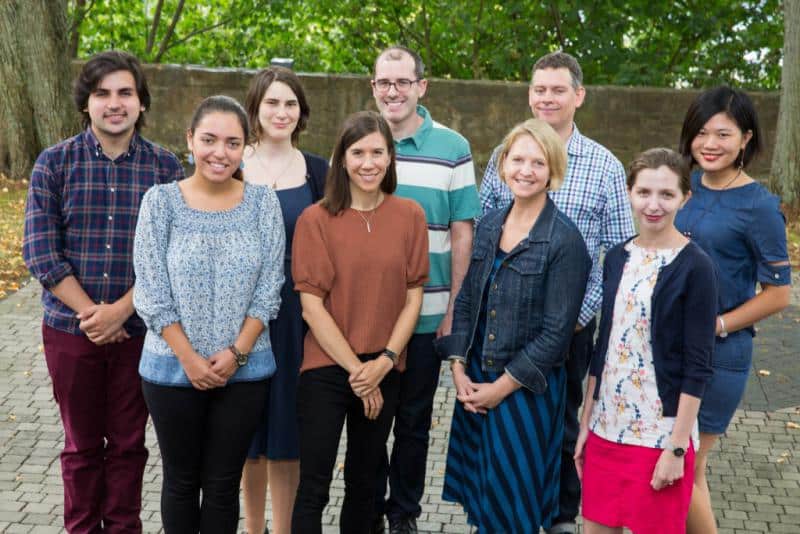
Katherine Hill Reischl
Assistant Professor, Slavic Languages and Literatures, Princeton University
When did you first develop an interest in Slavic, East European and Eurasian Studies?
My interest in Slavic studies began with stumbling upon a used copy of Anna Karenina, and was solidified in my first year of college at the University of Chicago through a course in 20th-century Russian literature. I was one of those students who was motivated to take Russian in order to read and experience works “in the original,” so I dove into Russian courses (“Russian through Literature”) and studied abroad with CIEE in St. Petersburg. Russian and Russian literature quickly overtook my first plan of being a fine arts and comparative literature major. My research and teaching focus still retains the traces of my passion for art practice and transnational exchange.
What support have you received throughout your career (from ASEEES / other societies / federal support / etc.) that has allowed you to advance your scholarship?
I have been so fortunate as to be the recipient of Fulbright-Hays funding for two different stages of my scholarly development. In 2008, I participated in the Fulbright-Hays funded ACTR Russian pedagogy program at Moscow State University; and, in 2010-11, I received a Fulbright-Hays Doctoral Dissertation Research Abroad fellowship (DDRA). The DDRA allowed me to complete the archival work necessary for my dissertation, which has become my first monograph.
What is your current research/work project?
I have just published my first monograph, Photographic Literacy: Cameras in the Hands of Russian Authors (Cornell UP). This book traces the interactions between photography and Russian literary culture from roughly 1905-1975, focused on the Russian and Soviet author-photographer. I am also working on a project on color theory and technologies in the late Soviet period, with an emphasis on youth culture––a line of research which grew out of my ongoing work on Soviet children’s books and illustrated periodicals. At Princeton, I am a member of the Pedagogy of Images working group, which is dedicated to establishing new methods to the approach of illustrated children’s literature. I am the project co-director for the collaborative digital humanities project “Playing Soviet: The Visual Language of Early Soviet Children’s Books.” http://commons.princeton.edu/soviet/
What does your ASEEES membership mean to you? How has your involvement with ASEEES helped to further your career? What do you believe is the most important impact ASEEES has on the field?
I have attended the ASEEES (formerly AAASS) convention every year since 2008 (making this my 10th ASEEES anniversary!). I cannot overstate the importance of the convention for advancing my research in these last 10 years. The feedback I received from mentors, and now colleagues, has been instrumental in shaping my work for publication. ASEEES brings together the widest variety of experts in many fields: history, art history, cinema, literature, linguistics––united around the study of Eastern Europe and Eurasia. For a scholar whose work is interdisciplinary, I count myself enormously lucky to have an expert forum assembled every year. I think for this reason, ASEEES has actively shaped the new interdisciplinary directions of our field, while also securing a place for its members to maintain and foster inter-institutional relationships, between liberal arts colleges and research universities, Europe and America.
Besides your professional work, what other interests and/or hobbies do you enjoy?
I am also a fine arts photographer, and show my work locally in and around my (new) hometown, Trenton, NJ.
